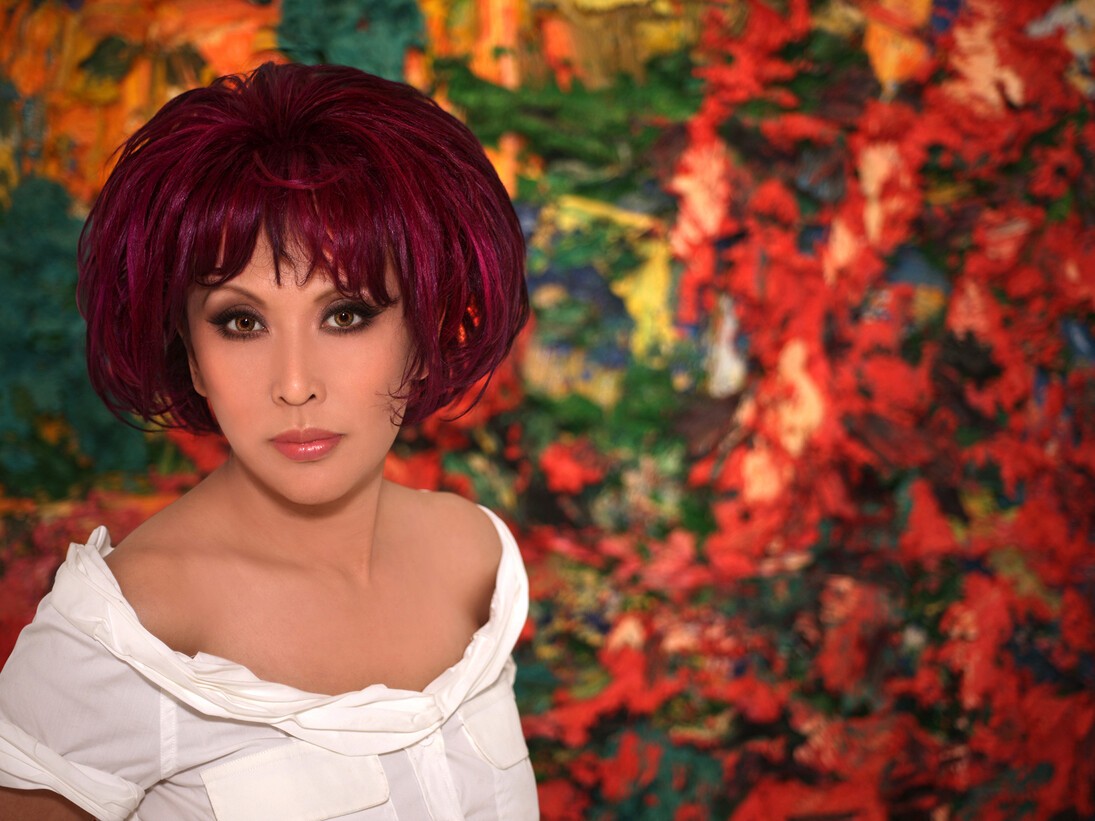Global Expansion and Market Dynamics
The contemporary art market has experienced significant growth and transformation in recent years. The globalization of art has expanded the market beyond traditional hubs like New York, London, and Paris. Emerging markets in Asia, the Middle East, and Africa are now major players, with cities such as Hong Kong, Beijing, Dubai, and Cape Town becoming important art centers. This geographical expansion has been facilitated by international art fairs, online platforms, and increased travel and communication, which have enabled artists and collectors to connect across borders more easily.
Digital Revolution
The digital revolution has profoundly impacted the contemporary art market. Online sales platforms, virtual exhibitions, and digital art forms like NFTs (non-fungible tokens) have opened new avenues for artists and collectors. NFTs, in particular, have gained immense popularity, allowing artists to monetize digital creations and collectors to own unique digital assets. This trend has democratized access to art, enabling a broader audience to participate in the market. Additionally, social media has become a powerful tool for artists to showcase their work, engage with audiences, and build their brands.
Diversity and Inclusion
There is a growing emphasis on diversity and inclusion within the contemporary art market. Institutions, galleries, and collectors are increasingly recognizing the value of diverse voices and perspectives. This shift is reflected in the rising prominence of artists from underrepresented backgrounds, including women, LGBTQ+ artists, and artists of color. Exhibitions and collections are becoming more inclusive, showcasing a wider range of artistic expressions and cultural narratives. This trend not only enriches the art world but also resonates with a global audience seeking representation and equity.
Sustainability and Social Impact
Sustainability and social impact have become central themes in contemporary art. Artists are addressing pressing global issues such as climate change, social justice, and political activism through their work. Art is being used as a medium to raise awareness, provoke dialogue, and inspire action. This trend is also reflected in the practices of art institutions and collectors, who are increasingly considering the environmental and ethical implications of their activities. Sustainable art practices, eco-friendly materials, and socially responsible investments are gaining traction in the market.
Art as an Investment
Art as an investment has gained renewed interest, particularly among younger generations and new collectors. The perception of art as a viable asset class is supported by its historical performance and the potential for appreciation. Fractional ownership, where multiple investors can own a share of a high-value artwork, is becoming popular, making art investment more accessible. Additionally, the integration of technology, such as blockchain, enhances transparency and security in art transactions, further attracting investors to the market.
Pearl Lam: Bridging East and West through Art
Pearl Lam is a prominent figure in the contemporary art world, known for her efforts to bridge the gap between Eastern and Western art. Born in Hong Kong and educated in the West, Lam’s unique cultural perspective has shaped her vision and contributions to the art world. She founded her first gallery in Shanghai in 2005, followed by another in Hong Kong in 2012, with a mission to promote cultural dialogue and mutual understanding through art.
Lam’s galleries are renowned for their museum-quality exhibitions that challenge perceptions of cultural practices in Asia. She has played a pivotal role in introducing Chinese abstract art to international audiences, emphasizing the importance of ancient Chinese philosophies and their relevance to contemporary art. Her work has helped to dispel misconceptions about Chinese art and highlight its rich historical roots and contemporary significance.
In 2008, Lam founded the China Art Foundation to promote cultural exchange between China and the West. The foundation supports contemporary Chinese artists and brings their work to the attention of international academics and museums. Lam’s efforts extend beyond traditional gallery spaces; she recently launched The Pearl Lam Podcast, a platform that spotlights diverse voices from various creative fields, further fostering cross-cultural conversations.
Lam’s influence and dedication have made her a bridge between East and West, promoting a deeper understanding and appreciation of contemporary Chinese art. Her work continues to inspire and shape the global contemporary art market, highlighting the importance of cultural exchange and diversity in the arts.

